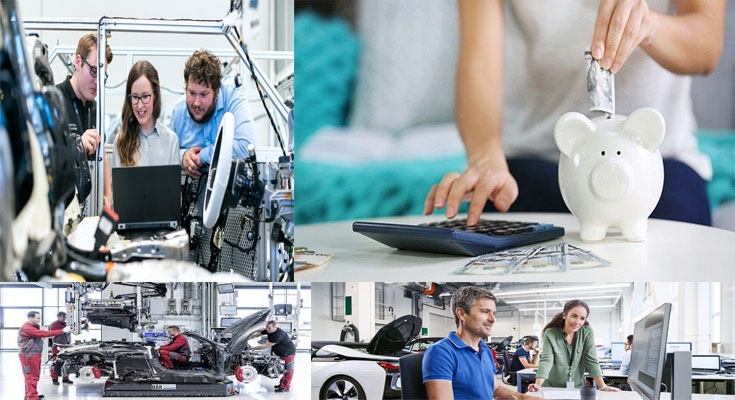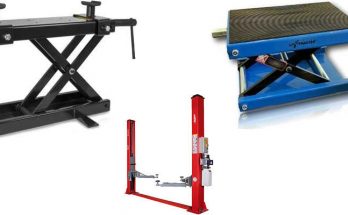It turns out all those fancy automotive safety devices can not only enable save lives, but they’re able to also save cash. As outlined by The Financial Influence of Motor Car Crashes, roughly $230.6 billion was exhausted on motor vehicle crashes in 2000 inside the U.S. Almost 42 thousand folks perished that year, and 28 million vehicles have been broken.
the same government report also revealed that 5.3 million men and women suffered non-fatal injuries, 39% of all traffic-related deaths were attributed to alcohol and such substance-induced accidents expense about $51 billion. Public tax revenues, amounting to $21 billion, paid the fees incurred by 9% of crashes. That is $200 for every single household in America.
But wait. There is much more. Lost industry productivity was estimated at $61 billion, home damage at $59 billion, medical costs at $32.6 billion along with the expense of travel delays at $25.6 billion. Each fatality developed a discounted lifetime cost of around $977,000.
Active and passive safety systems created by automotive engineers and their colleagues might be a larger part of the answer than we may well suspect. Systems at present being created are addressing each the monetary and safety issues of our roadways through devices that have automatic responses to hazardous circumstances or events. For example, an adaptive cruise handle adjusts the speed in the automobile to sustain a preset time gap in the car ahead. Active evening vision utilizes infrared illuminators to assist drivers to determine improvements when driving at night and an electronic stability handle improves the safety of a vehicle’s handling, assisting the driver to retain control from the vehicle.
Surprisingly, possibly, these are just standard safety options – ranking amongst car navigation systems, keyless entry, and hybrid cars as, yes, technological innovations, but old news to car manufacturers. Lane departure and forward collision warning, pre-crash mitigation systems, side alert, pedestrian and road sign recognition systems are a part of the new wave. These systems “read” the road employing electronics, cameras, and sensors. They alert drivers after they are drifting out from the intended lane, have another vehicle in their blind spots, are in danger of crashing, or are distracted. These technological gems even respond to unavoidable crashes by enacting safety precautions, for example pretensioning motorized seat belts and applying brakes through the last 400 to 500 milliseconds before a crash, when there is small a driver can do to stop it.
Following the National Highway Site visitors Safety Administration (NHTSA), 50% of all crashes involve “driver inattention.” It’s not possible to pinpoint how quite a few crashes could have already been avoided if there had only been some alert system warning drivers to pay far more consideration through important moments. How many crashes could have already been avoided by a single alert, some notification that another automobile was in a driver’s blind spot? By shaving off 4 or 5 miles per hour just before a crash by applying the brakes?
And when saving lives and preventing injuries is with the most concern, we can’t, in all reality, ignore the financial repercussions of roadway accidents. Billions upon billions of dollars are lost each year mainly because of these crashes. Medical expenses, property damage, and lost productivity are passed on to the typical citizen in the form of greater taxes and insurance premiums. What if some percentage of this cost – even if slight – may very well be lessened by safety systems? 1 percent of numerous billions of dollars, following all, is nothing to scoff at.
Automotive engineers are important contributors to advancing projects with aspirations of producing roads safer. With no knowledge, none of the technologies currently out there would happen to be achievable, and neither would future innovations. What is more, these talented folks are integrating these devices so they are additional reasonably priced and, thus, far more accessible towards the masses.
Inside the near future, a modestly priced vehicle could possess a myriad of safety characteristics – forward collision and lane departure warning, road sign and pedestrian recognition, adaptive cruise control, pre-crash mitigation, electronic stability handle, side alert. All of it. So kiss some automotive engineers today – hiding in their offices – and tell them you are proud. They could just save your life…and no less than a handful of bucks on your insurance policy.





